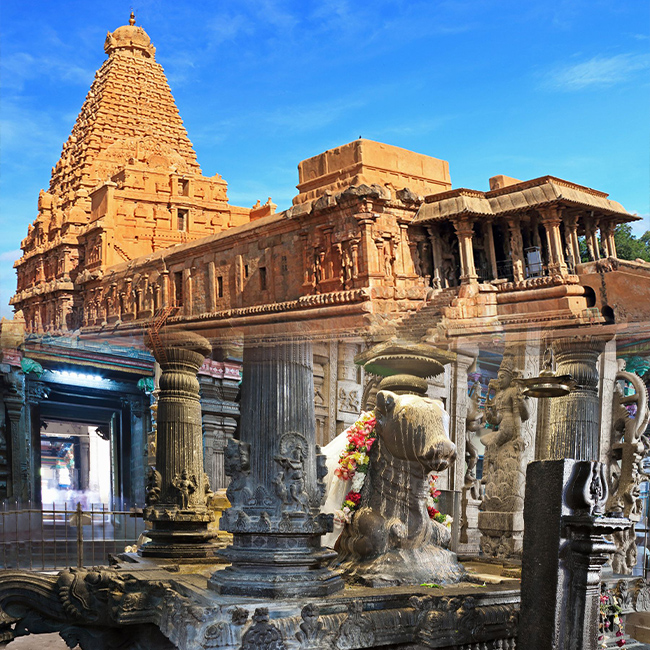

Health & Precautions for Char Dham Yatra: A Safe & Spiritual Journey
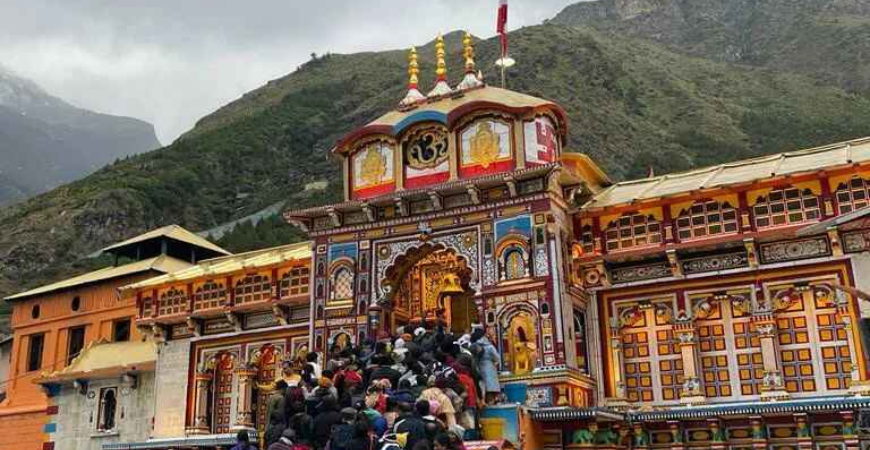

18 Apr 2025
Health & Precautions for Char Dham Yatra: A Safe & Spiritual Journey
The Char Dham Yatra—comprising Yamunotri, Gangotri, Kedarnath, and Badrinath—is not just a journey to four sacred shrines in the Garhwal Himalayas; it's a profound spiritual experience that millions undertake each year. Nestled at high altitudes and surrounded by stunning landscapes, the Char Dham circuit is believed to cleanse the soul and guide devotees toward moksha (liberation).
However, the trek can be physically demanding and challenging due to high altitudes, rugged terrain, and unpredictable weather. Preparing in advance and taking proper precautions can make the journey safe and memorable. Here’s a detailed guide on staying healthy and safe during your Char Dham Yatra.
1. Prepare Your Body: Start Early
Begin a fitness routine at least 4–6 weeks before your trip. The key is to improve stamina and breathing capacity. Brisk walking, light jogging, yoga, and stair climbing are excellent ways to build endurance. Pay special attention to strengthening your legs, as many parts of the yatra involve steep uphill treks—especially the 16 km climb to Kedarnath.
If you have any pre-existing health conditions, consult your doctor before planning the yatra.
2. Get a Health Check-Up
Due to the high altitudes (Yamunotri at 3,293 m, Gangotri at 3,415 m, Kedarnath at 3,583 m, and Badrinath at 3,133 m), many travelers experience altitude sickness, headaches, nausea, and fatigue. Before you go, get a full health screening—especially for heart and respiratory conditions.
Carrying a copy of your medical records is also advised, just in case of emergencies.
3. Stay Hydrated & Eat Right
It’s easy to forget to drink enough water in cold climates, but hydration is essential at high altitudes to prevent dizziness and fatigue. Carry a refillable water bottle and drink small sips regularly.
Eat light, nutritious meals rich in carbohydrates and avoid oily or heavy foods that are harder to digest at altitude. Energy bars, dry fruits, and glucose tablets can come in handy during the trek.
4. Dress in Layers & Pack Smart
The weather in the Himalayas can change rapidly. Dress in light layers so you can adjust to temperature fluctuations. Carry a good-quality windcheater or raincoat, thermal innerwear, gloves, and woolen socks.
Also, don’t forget:
A sturdy pair of trekking shoes
Sunglasses and sunscreen (UV is strong at altitude)
A hat or cap
A small backpack with essentials like water, snacks, and a first-aid kit
5. Watch for Signs of AMS (Acute Mountain Sickness)
Symptoms of AMS include:
Headache
Nausea or vomiting
Dizziness
Breathlessness
Fatigue
If you or anyone in your group experiences these symptoms, descend immediately and seek medical help. Never ignore signs of altitude sickness—it can turn serious quickly.
6. Respect Local Guidelines & Nature
Follow all government and temple guidelines, especially regarding safety, waste disposal, and local customs. Avoid littering, use biodegradable items wherever possible, and respect the spiritual sanctity of the dham sites.
Avoid alcohol, smoking, and strenuous activities during the yatra to keep your body balanced and focused.
7. Travel with a Trusted Operator
One of the most effective ways to ensure a smooth and safe pilgrimage is by booking through a reliable and experienced tour operator.
Trust Soil2Soul Expeditions for a Hassle-Free Yatra
If you're planning your Char Dham Yatra and want to focus on the spiritual experience without stressing over logistics and safety, Soil2Soul Expeditions is your perfect companion. With personalized care, experienced guides, and a deep respect for the spiritual essence of the journey, Soil2Soul ensures that your pilgrimage is not just comfortable but truly transformative.
From medical preparedness to route planning and altitude acclimatization, their team takes care of every detail—allowing you to soak in the serenity and sacredness of the Char Dham.
The Char Dham Yatra is a journey of faith, but it also requires mindful planning. With the right health precautions and support, you can experience the Himalayas not just with your eyes—but with your soul.
Leave a Reply
Explore by Categories
Most Viewed Blogs
Tags
Location
State







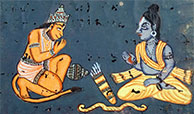
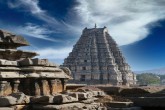


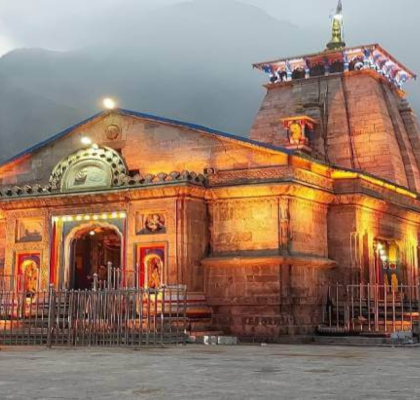

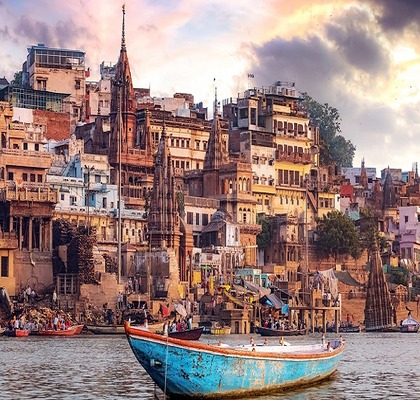
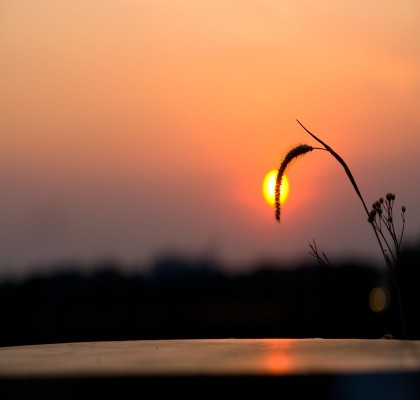
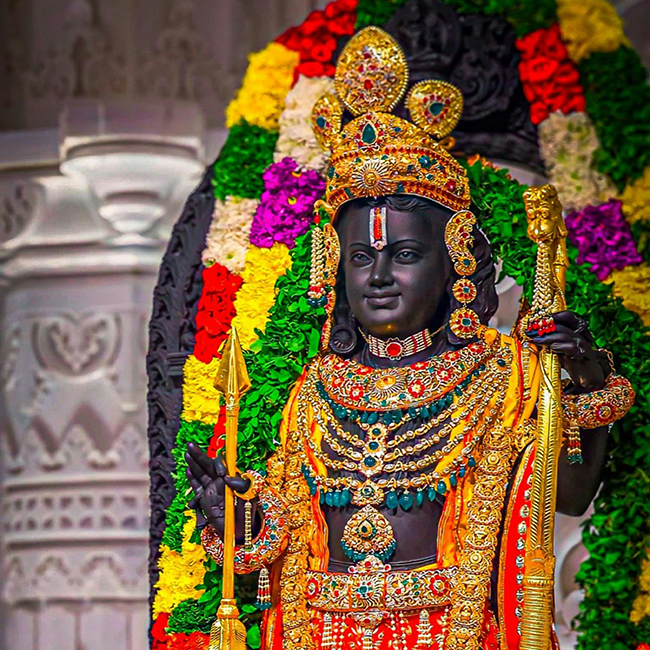
.jpg)

